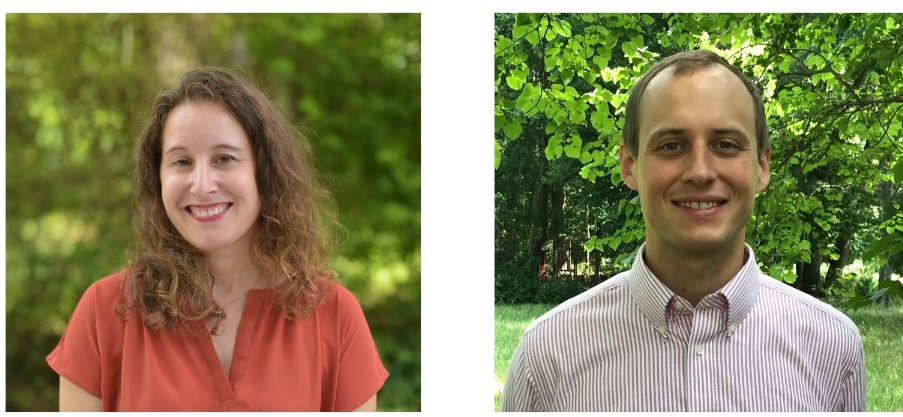- About Archives
- About SAA
- Careers
- Education
- Publications
- Advocacy
- Membership

Alexandra Chassanoff, assistant professor at the School of Library and Information Sciences at North Carolina Central University, and Colin Post, assistant professor in Library and Information Science at the University of North Carolina at Greensboro, are the 2021 recipients of the Preservation Publication Award given by the Society of American Archivists (SAA) for their handbook, OSSArcFlow Guide to Documenting Born-Digital Archival Workflows (Educopia Institute, 2020). The award recognizes the author or editor of an outstanding published work related to archives preservation.
Chassanoff and Post’s Guide makes the daunting task of selecting, implementing, and refining workflows for born-digital archival materials more achievable. The Guide, which is open access, describes the steps that are commonly included in digital curation workflows, from acquisition to access and preservation, and provides a process map for readers to produce their own workflow documentation in both visual and descriptive formats. The Guide also provides a set of case studies that illustrate how readers can use these workflows to improve institutional born-digital archives practices. A unique component of the Guide’s publication is three supplemental Video Learning Modules, which map to specific sections of the Guide and provides high-level guidance in creating and using born-digital workflow documentation.
The Guide’s systematic approach to documenting activities for archiving born-digital material is informed by the innovative OSSArcFlow research project, a three-year empirical analysis of twelve institutions at different stages of born-digital workflow implementation and documentation. The steps outlined in the Guide model an approach that codifies the principles and practices of preserving born-digital archives.
The Guide and supplemental videos, which were developed and released with support from the Institute for Museum and Library Services, capture a common, complex, and under-discussed element of digital preservation. There is little material about entry-level processes or broad perspectives comparing multiple institutions. The Guide covers both of these topics effectively.